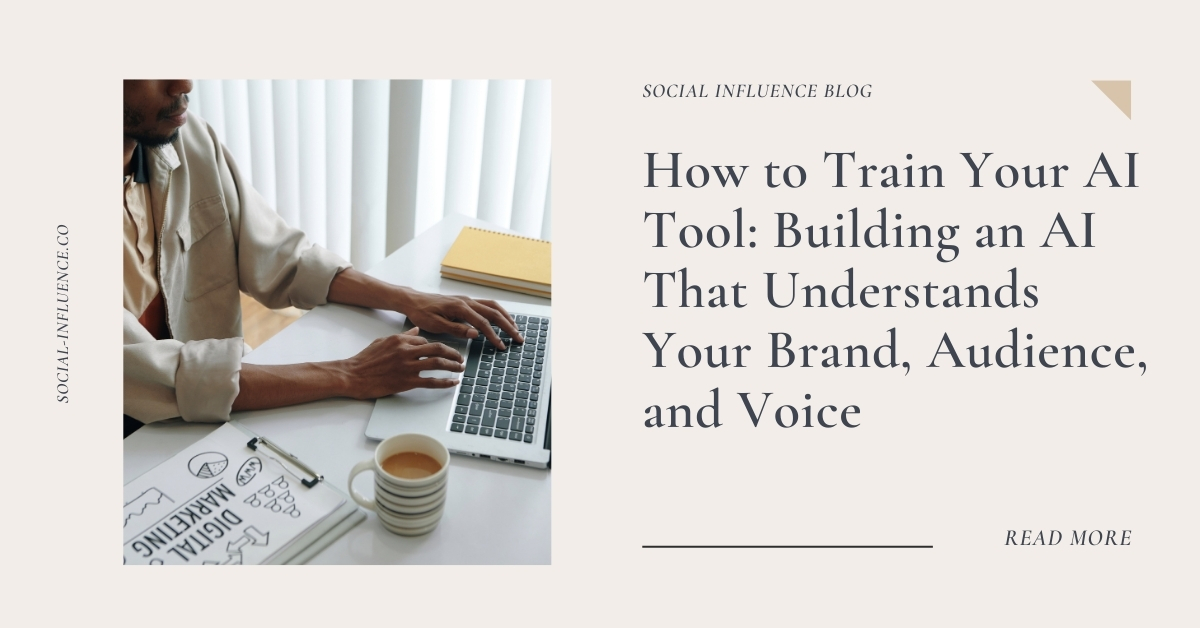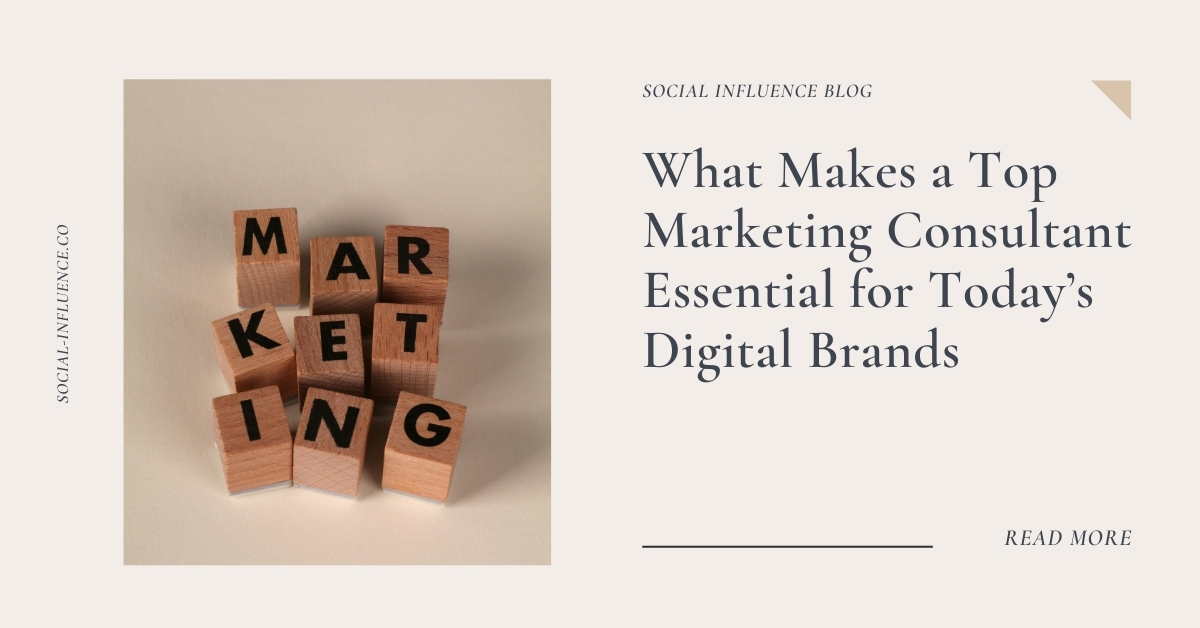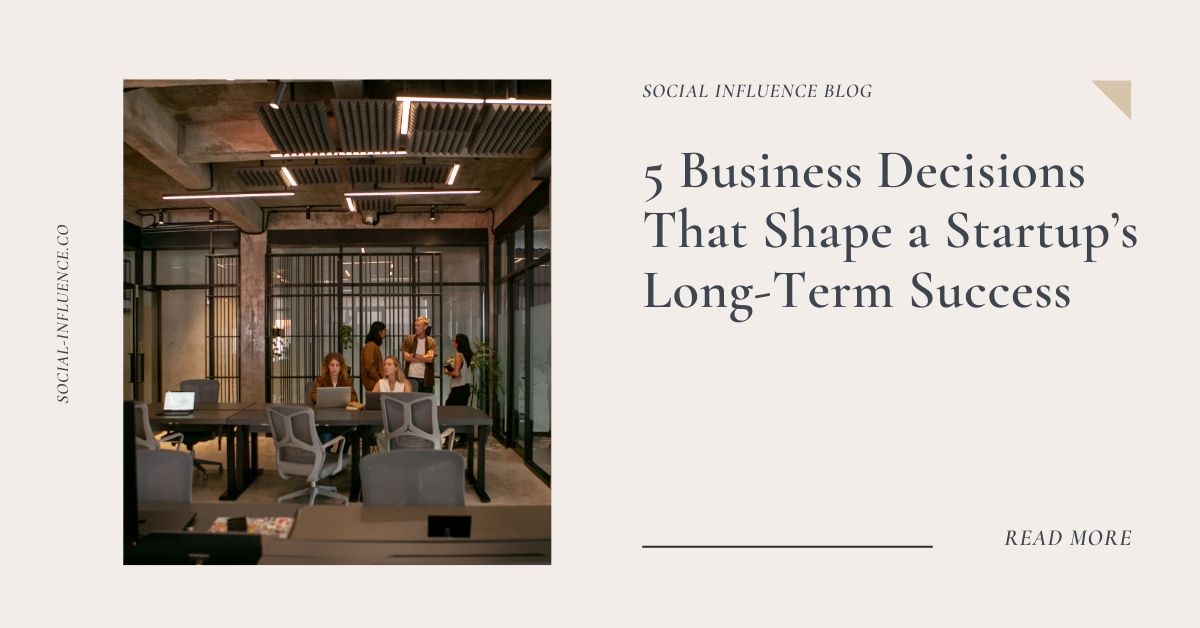|
Getting your Trinity Audio player ready...
|
As a web designer, I’ve seen a lot of beautifully designed websites. Some were designed to convert but some were not. If your website doesn’t bring leads, then it’s worth nothing. This is why I always ask what my clients want to accomplish by having a website. Do they want sales? Do they want to book as many calls as they can? Or do they want sign-ups so that they can warm up the leads with an email marketing strategy?
When it comes to achieving these goals, user experience plays a major role. We need to focus on user-friendly navigation, data security, and fast loading times. In this article, I will give you some tips to create a website that doesn’t just look good but actually converts.
Here’s why we think web design is super important in 2025:
- First Impressions Matter: People judge a book by its cover, and they judge a business by its website. A well-designed site makes you look professional and trustworthy. It’s like showing up to a job interview in a sharp suit – you’re already ahead of the game.
- User Experience is King: If people can’t easily find what they’re looking for, they’re going to leave. It’s as simple as that. We need to make sure our sites are easy to navigate and a pleasure to use. Think about it: Have you ever struggled to find something on a website and just given up? Exactly. Let’s not be that website.
- Mobile is Everything: More and more people are using their phones to browse the web. If our site isn’t optimized for mobile, we’re missing out on a huge chunk of potential customers. It needs to look good and work well on any device, big or small.
Key Trends in Web Design for 2025
Okay, so 2025 is shaping up to be a pretty interesting year for web design. We’re seeing some trends really solidify, and it’s all about making things easier and more enjoyable for the user. It’s not just about looking good anymore; it’s about feeling good while you’re browsing.
Embracing Minimalism and Simplicity
Minimalism is still huge, and honestly, it’s probably not going anywhere. People are just tired of cluttered websites. Here’s what we’re seeing:
- Less is more: Stripping away unnecessary elements. Think lots of white space, fewer images, and simpler fonts. It’s all about focusing the user’s attention on what actually matters.
- Faster loading times: Minimalist designs naturally lead to faster websites. Nobody wants to wait around for a page to load, and Google definitely penalizes slow sites.
- Improved user experience: A clean, simple design is just easier to navigate. Users can find what they’re looking for quickly and without frustration.
Incorporating Dark Mode and Color Psychology
Dark mode isn’t just a fad; it’s a legitimate preference for a lot of users, especially at night. And color? Well, that’s always been important, but we’re seeing a more conscious effort to use it strategically.
- Reduced eye strain: Dark mode is easier on the eyes in low-light conditions. Offering a dark mode option is just good user experience.
- Battery saving: On devices with OLED screens, dark mode can actually save battery life. It’s a small thing, but it adds up.
- Emotional connection: Colors evoke different emotions. Brands are becoming more aware of this and using color palettes that align with their message and target audience. For example, blues and greens for trust and stability, reds and oranges for excitement and energy.

User Experience (UX) Best Practices
Okay, so let’s talk about user experience. It’s not just about making things look pretty; it’s about making sure people actually enjoy using your website. We’ve all been on sites that are a total pain to navigate, and we definitely don’t want to create that experience for our users. It’s about understanding what they need and making it super easy for them to get it. Think of it as making a digital space that feels intuitive and helpful, not frustrating.
Creating Intuitive Navigation
Navigation is key. If people can’t find what they’re looking for, they’re going to bounce. We need to make sure our site is easy to get around.
When I started working with a pottery business client last year, they aimed to increase organic traffic through SEO. To support this, I began by improving their website’s navigation and optimizing the user journey. After all, if the user experience is confusing, driving traffic alone wouldn’t be effective—we want visitors not just to arrive but to take action. Once we optimized their web pages, they saw a significant increase in sales.
Here’s what we should be thinking about:
- Clear Menus: Keep the menu options straightforward and easy to understand. No one wants to decipher cryptic labels. Use language that speaks directly to the user’s needs. For example, instead of a vague “Solutions” tab, try something like “find relevant information” or “Our Services.”
- Logical Structure: Organize content in a way that makes sense. Think about how users will naturally move through the site and structure it accordingly. Don’t bury important information several layers deep.
- Search Functionality: A good search bar is a lifesaver. Make it prominent and ensure it actually delivers relevant results. Nobody wants to type in a query and get a bunch of irrelevant pages.
- Breadcrumbs: Breadcrumbs are those little navigation trails that show users where they are on the site. They’re super helpful for complex sites and let people easily jump back to previous sections.
Optimizing for Mobile Devices
Mobile is no longer an afterthought; it’s often the first thought. A huge chunk of web traffic comes from mobile devices, so if your site isn’t optimized, you’re losing out big time. It’s not just about shrinking the desktop version down; it’s about creating a tailored experience for smaller screens. Here’s what we need to focus on:
- Responsive Design: This is a must. The site should automatically adjust to fit any screen size, whether it’s a phone, tablet, or desktop. No more pinching and zooming!
- Fast Loading Times: Mobile users are impatient. If your site takes too long to load, they’ll bail. Optimize images, use caching, and minimize code to keep things snappy. Prioritize accessibility through readable font pairs.
- Touch-Friendly Navigation: Make sure buttons and links are large enough to tap easily on a touchscreen. Nothing’s more annoying than trying to click a tiny link and accidentally hitting the wrong one.
- Simplified Content: Mobile users are often on the go, so keep content concise and to the point. Use shorter paragraphs, bullet points, and clear headings to make it easy to scan. Think about how people consume information on their phones – often in short bursts while they’re waiting in line or commuting.
The Role of Accessibility in Web Design
Accessibility isn’t just a nice-to-have; it’s a must-have. We need to think about everyone who might visit our sites, including those with disabilities. It’s about making the web usable for as many people as possible. Plus, it often improves the experience for all users, not just those with specific needs. It’s a win-win!
Here’s what we should be focusing on:
- Clear and Simple Language: Avoid jargon and write in plain language. This helps people with cognitive disabilities, but also makes the site easier for everyone to understand. Think about it: nobody wants to wade through complicated text. Keep it simple, keep it clear.
- Keyboard Navigation: Make sure everything on your site can be accessed using a keyboard alone. Some users can’t use a mouse. Test it yourself – unplug your mouse and try to get around. Is it easy? If not, fix it!
- Alternative Text for Images: Always include descriptive alt text for images. This helps people who are blind or visually impaired understand what the image is about. Plus, it’s good for SEO! Describe the image accurately and concisely.
- Color Contrast: Ensure sufficient color contrast between text and background. This is crucial for users with low vision or color blindness. There are plenty of tools online to check your color contrast ratios. Use them!
- Responsive web design: It’s important to make sure your website is accessible on all devices. Smartphones have smaller screens, so the goal should be to display only the most essential information.
By focusing on accessibility, we’re not just being ethical; we’re also expanding our potential audience and improving the overall user experience. It’s an investment that pays off in many ways. Let’s make the web a better place for everyone!
Effective Call-to-Action (CTA) Strategies
Let’s talk about CTAs. We all know they’re important, but it’s easy to just add a button on a page and hope for the best. We need to be smarter than that. A good CTA isn’t just about getting someone to click; it’s about guiding them towards a specific goal and making it super easy for them to get there. Think of it as giving them a gentle push in the right direction.
Here’s what we’ve been trying:
- Make it obvious: This sounds simple, but you’d be surprised how many sites bury their CTAs. Use contrasting colors, clear fonts, and enough white space around the button so it stands out. We want people to see it without even thinking.
- Use action-oriented language: Instead of “Submit,” try “Get Your Free Ebook Now!” or “Start Your Free Trial Today.” The more specific and benefit-driven, the better. We’ve found that using words that create a sense of urgency or excitement can really boost click-through rates.
- Place them strategically: Don’t just stick a CTA at the bottom of the page and call it a day. Think about where people are in their journey. Are they ready to buy? Or do they need more information? Place CTAs where they make the most sense, and use multiple CTAs on longer pages. We like to use A/B testing to see which placements work best.
We’ve also been thinking about the overall user experience. If the path to the CTA is confusing or frustrating, people are going to bounce. So, we’re focusing on making the entire process as smooth and intuitive as possible. This means clear navigation, fast loading times, and a mobile-friendly design. It’s all about removing any friction that might prevent someone from taking action.
Wrapping It Up
Building a website that converts isn’t rocket science, but it does take some thought. You need to focus on clean design, easy navigation, and clear calls to action. Remember, your site is often the first impression people get of your brand, so make it count. Keep testing and tweaking things based on what your visitors do. Look at the data, see what works, and don’t be afraid to change things up. In 2025, it’s all about making the user experience smooth and straightforward. If you can do that, you’ll be well on your way to turning visitors into loyal customers.






